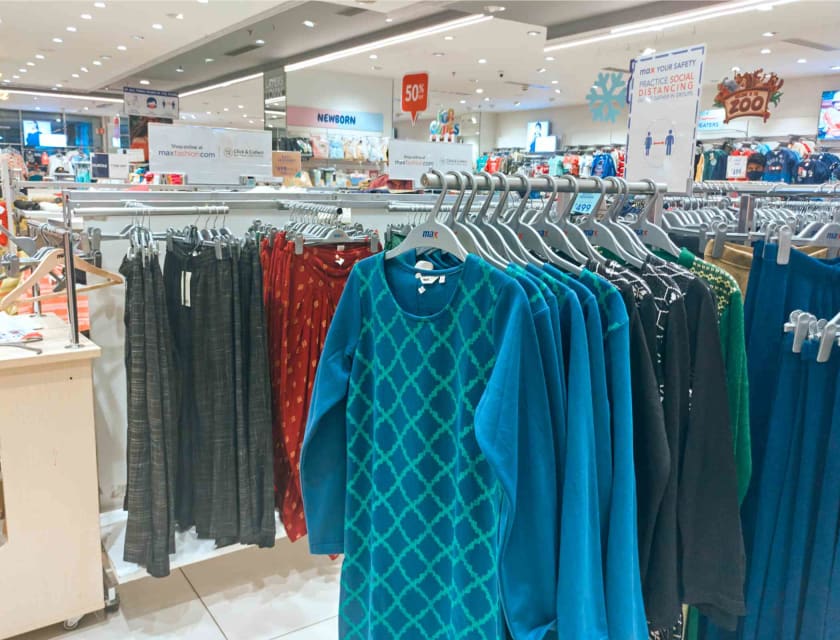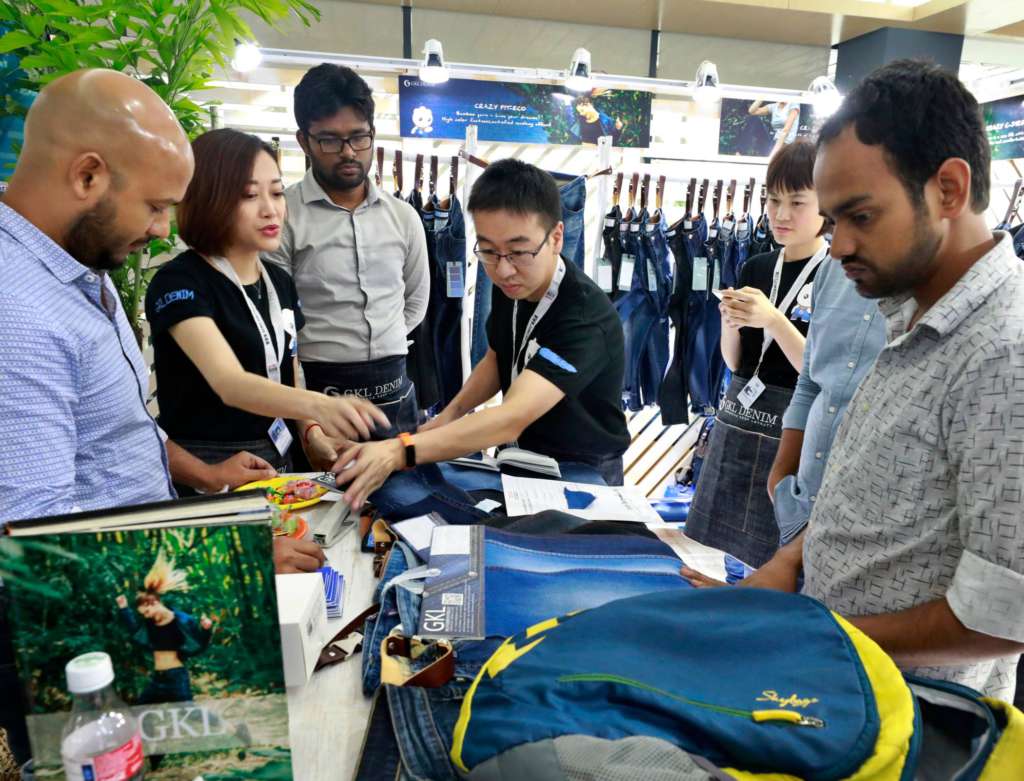Top 4 Consumer Considerations for Readymade Garment Sellers



Readymade garment sellers have to operate, stay afloat, and thrive amid tough competition. With the entire world of retail just a click away, consumers have no dearth of choices. Social media has ensured that every seller has a level playing ground when it comes to marketing their wares. In such an environment, ready-made garment sellers must ensure that they provide the solutions their consumers seek. Knowing their target audience is the key. Given below are the top four consumer considerations for readymade garment sellers:
1. Cultural and Social Factors
Social factors are some of the most powerful drivers of consumer purchase decisions. Man is a social animal that wants to conform to societal norms and wants to be accepted by other members of society. The culture that is prevalent in a particular society also influence how members of that group act in the presence of others.
Clothes are a reflection of an individual’s personality, attitudes, and beliefs. It is quite common for particular societies and cultures to frown upon the wearers of certain kinds of clothes. For instance, wearing form-hugging and sheer clothes in conservative societies would raise eyebrows and elicit disapproving glances.
Cultural norms usually dictate that individuals dress in a certain way for specific festivities or for special ceremonies. It is also common for businesses and workplaces to adopt specific dress standards to create a sense of organizational identity. Employees at these workplaces are expected to conform to the dress code.
2. Personal Factors
The personal factors influencing consumer behavior stem largely from an individual’s mental make-up and peculiar psyche. A person’s lifestyle, economic status, education level, occupation, and health also constitute the personal factors that influence purchase decisions.
The buying behavior of people from different economic strata of the society differs greatly.
People who are regularly exposed to global fashion styles via travel or media consumption demand different designs and functional features in their clothes than those unaware of the prevalent sartorial trends.
People who live active lives demand that their clothes give them the freedom to move and stretch and are comfortable to wear and breathe in even in humid and sultry weather.
The occupations of some people demand that they wear uniforms or form-fitting clothes. At other times, these individuals prefer to wear outfits that emit relaxed vibes and project the quirks of their personalities. On the other hand, people who work from home in their pajamas and tees want to dress up to the nines when socializing.
3. Psychological Factors
Three main psychological factors influence purchase decisions:
· Motivation: Motivation refers to the intrinsic needs of consumers. Some consumers may be driven by their urge to be thrifty or minimalist when they shop for readymade garments. Some others are motivated by a desire to project class and elegance through their clothes.
· Perception: Perception is the ethos that consumers believe a business embodies. They may perceive that a seller stocks only high-street fashion items based on marketing campaigns. Consumers may perceive that a seller supports locally-made and sustainable clothing when they learn of a business’s charitable endeavors.
· Belief: The belief system is the ethos of a person. Eco-conscious consumers are driven to buy only clothes made from natural fibers. Some other consumers who practice minimalism are driven to buy pieces of clothing in basic, solid colors to mix and match to create different outfits.
4. Economic Factors
Readymade garments are non-essential objects of purchase. So, the prevalent economic conditions of a country hugely impact purchase decisions. Given below are some economic scenarios where consumers tend to postpone or cancel purchases, and readymade garment sellers must tweak their sales strategies or revamp their product basket to motivate consumers to buy:
When Wholesale and Retail Inflation Rates are High

Retail and wholesale inflation puts a strain on the wallets of consumers in many sections of society. When the prices of essential goods increase, household budgets go haywire. People are compelled to curtail, cancel or postpone the purchase of non-essential goods.
When the Economic Outlook is Less Than Promising
When the economy is in a volatile state or is going through a recession, people are uncertain about how the future will look like. They are worried and wonder when the economic conditions will stabilize, whether they will be able to hold on to their jobs, and how their businesses will weather the economic ups and downs.
In such anxious and uncertain times, people tend to hold back on the purchase of non-essential goods. The propensity is to stash away money for rainy days or save to build a cozy nest egg.
When the Unemployment Rate is High
When there is a high rate of joblessness, the amount of disposable income with people is less than it is at other times. People who are trying to get into the workforce, those who have lost jobs, and the individuals who are in between jobs cut back on their spending and try to save more money. They buy less ready-made garments for themselves and reduce the amount they spend on clothes they gift to their loved ones.
Attracting and Retaining Consumers: Tips for Readymade Garment Sellers

In a highly-competitive business environment, readymade garment sellers should leave no stone unturned in their effort to attract and retain consumers. Knowing their audience is the key. They should also keep in mind the consumer considerations mentioned above. Given below are some more pointers to help readymade garment sellers earn customer loyalty:
· Target audience research and needs analysis are critical to determining the social and cultural factors and the psychological and personal considerations driving consumers. The research can be easily done through online surveys on social media.
· It is important to remember that those purchase decisions result from a single social, personal, or economic factor. The interplay of several factors influences the decision to buy or not buy a specific piece of clothing. For instance, not all well-heeled individuals will buy what is currently in vogue on the ramps and streets of New York or Paris. Some of these individuals will buy clothes that conform to their cultural upbringing.
· Sellers should carry out an extensive market survey to identify the existing gaps and address the problems of potential customers. It is a waste of precious resources to source and stock pieces of clothing that are no longer preferred by the target audience. It is more prudent to reallocate resources to scour for, source, and stock clothing that addresses the needs and sartorial preferences of the audience.
· After conducting thorough audience research, readymade garment sellers should try and stock all pieces of clothing that make up a particular outfit. This ensures consumers don’t buy from a competitor’s store. For instance, sellers should stock tees, shorts, blazers, and ties along with their collection of jeans and trousers.
· Garment sellers should stock clothing only of the highest quality. They should carry out a thorough study of different manufacturers to identify those with a track record of producing and delivering stellar-quality clothing consistently on time. This is a daunting task, and sellers cannot afford to make a mistake when selecting a manufacturer. If you are a readymade garment seller and find it challenging to source clothes, contact Fashinza.
Knowing what drives consumers to make purchase decisions involves peeking into their minds, learning where they live, work, and play, and their cultural affiliations and religious leanings. In short, it involves knowing the consumers as well as they do.



















